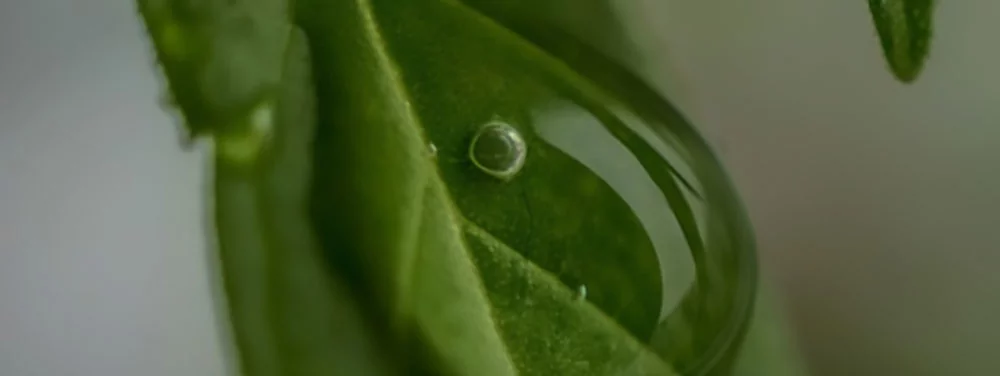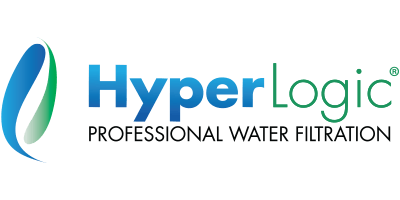
The landscape of readily available low ppm water is rapidly changing. Hormones, pharmaceuticals, and all kinds of toxic materials are making their way into the national water supply. In drought-stricken areas like Los Angeles and San Francisco, “toilet to tap” reclamation procedures are now in place, essentially straining solids, dosing with chlorine, then pushing the water back into the public drinking supply’s aging infrastructure.
Even in areas that have “good” water, not investigating the quality and serving your plants less than optimal water could choke their potential and undermine an otherwise perfectly engineered operation.
In order to know what you need, first and foremost you perform a water test to determine if the source water should be filtered.
Water Chemistry Determines the Effectiveness of Nutrient Formulas
Municipalities provide free water reports, though water quality fluctuates greatly throughout an area, over the seasons, and can even vary from site to site.
A key indicator of water quality for plants is total hardness as expressed in the TDS of calcium and magnesium or in grains per gallon (gpg). With too much hardness, nutrient formulas can be thrown out of balance and plant deficiencies and lockouts quickly become a major problem. Any water source with over 50 ppm of TDS of hardness should be purified. 50 ppm of hardness translates to 3 Grains per Gallon and is considered soft water, which few facilities have straight from the tap.
There are many concerns to consider when evaluating water chemistry. Cultivators using microorganisms such as beneficial bacteria, fungi, nematodes, mycorrhizae, and Trichoderma must have chlorine and chloramine-free water for those helpful microbes to survive and flourish.
All municipal water contains chlorine and/or chloramines as they are both powerful biocides, meaning they are designed to kill microorganisms. Letting city water sit out and bubble overnight may get rid of chlorine, but it’s not effective to remove chloramines or other contaminants.
Water from well or spring sources is often high in minerals such as calcium, magnesium, sulfur, and iron. Giving water with too high of levels of these minerals to heavy-feeding plants will contribute to nutrient lockout and lead to deficiencies. It’s relevant to note, nutrient formulas designed to promote plant health are always based on a base ingredient of low ppm, RO water.
The following table shows the most common contaminants in water, their sources, and what harmful effects they can have on plants. As one can see, many dissolved minerals in untreated source water have the potential to damage crops.
| PPM of TDS | Well / Spring Municipal / City | Water with high ppm of TDS (total dissolved solids) has unknown contaminants that are the key cause of nutrient lockout and deficiencies in plants. |
| Chlorine | Municipal / City | Biocide that kills beneficial bacteria, fungi, and microorganisms. Any healthy organic or bio hydro garden is chlorine-free. Cultivators that use or brew compost teas or bio extract solutions typically remove chlorine from their source water. |
| Chloramines | Municipal / City | Biocide that is a combination of chlorine and ammonia and is much more stable than chlorine. It will not dissipate quickly by bubbling or even by boiling off. It can only be removed by proper filtration. It is toxic to beneficial bacteria, fungi, micro-organisms, fish and amphibians. |
| Hardness | Well / Spring Municipal / City | Mineral hardness is made up of the levels of calcium and magnesium dissolved in water and is the key cause of water problems in cultivation facilities. High levels of hardness in untreated water will lock out key nutrients to plants and also form scale on equipment and tubing. Calcium and magnesium are the most abundant minerals in tap water. The most typical form of these minerals in water is calcium carbonate and magnesium carbonate. The molecules of these compounds found in untreated water are far too large and immobile to be absorbed efficiently by the roots and transported to where the plant needs them. |
| Fluoride | Municipal / City | Fluoride is a hazardous waste product that is present in all municipal water. This is a toxic substance to humans and plants. Thirty-four enzymes in plants are affected by fluoride, as is seed germination. Enzyme additives will not do their job properly with fluoride in the water. |
| Volatile Organic Compounds | Municipal / City | Some VOCs are known or suspected carcinogens. Trace amounts of these can end up in the plant’s tissues, flowers, and fruits. |
| Iron / Sulfur | Well / Municipal / City | Water containing iron or sulfur may have a metallic taste and an offensive odor. Nutrient lockout, algae growth, and equipment staining can be results of too much iron in the water. |
| Pesticides / Herbicides | Well / Municipal / City | Local agricultural areas may be leaching harmful contaminants into groundwater. These can end up in water supplied to cultivation facilities and ultimately end up in plant tissue. |
| Bacteria | Well / Municipal / City | Groundwater sources may be affected by animal and human waste and other pathogens. These toxic substances can cause multiple issues in reservoirs and nutrient mixes and can be dangerous for human consumption and compromise the quality of your end-product. |
| Nitrates | Well / Municipal / City | Found in runoff from agriculture, animal yards, etc., these toxic substances contribute to over-nitrification and algae growth. High quantities of nitrates in untreated water can negatively affect the later stages of flowering when cultivators typically try to limit nitrate levels. |
| pH | Well / Municipal / City | Water that has either too high or too low pH will not allow nutrients to be absorbed properly and can be corrosive to equipment. Adjusting the pH of nutrient solutions may be difficult due to fluctuations in source water levels. |
Filtration Solutions: Never One Size Fits All
If filtration is needed, it’s extremely important to know exactly what is in the source water so a filtration system can be custom designed to address the issues. Using reverse osmosis to filter source water is the single most efficient, economical, and reliable way to ensure the removal of 98%+ of all contaminants mentioned above. But, since water quality can vary so much from source to source, each system requires a unique configuration to maximize efficiency and reliability.
As reverse osmosis technology continues to advance, as well as new regulations go online, several water filtration solutions for commercial and industrial cultivation operations are now available. These systems ensure consistency and reliability of water input and are critical to the professional cultivator. Already have access to low ppm source water? Consider yourself lucky. The rest of the country is having to deal with increasingly complex and sometimes dangerous water contamination issues as seen in areas like Flint, Michigan and Corpus Christi, Texas. Remember, if it’s not healthy for humans, it’s probably not healthy for plants.
